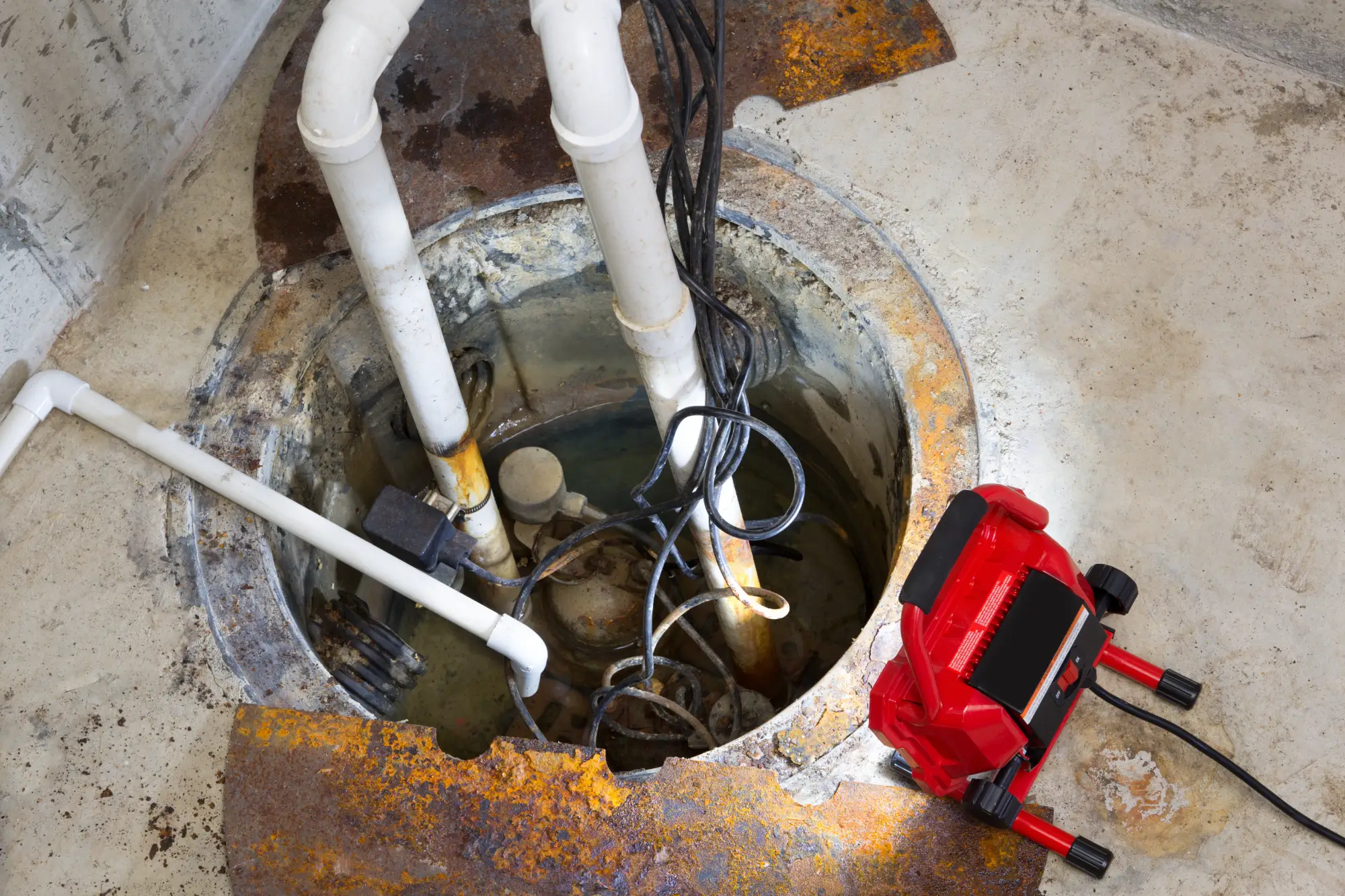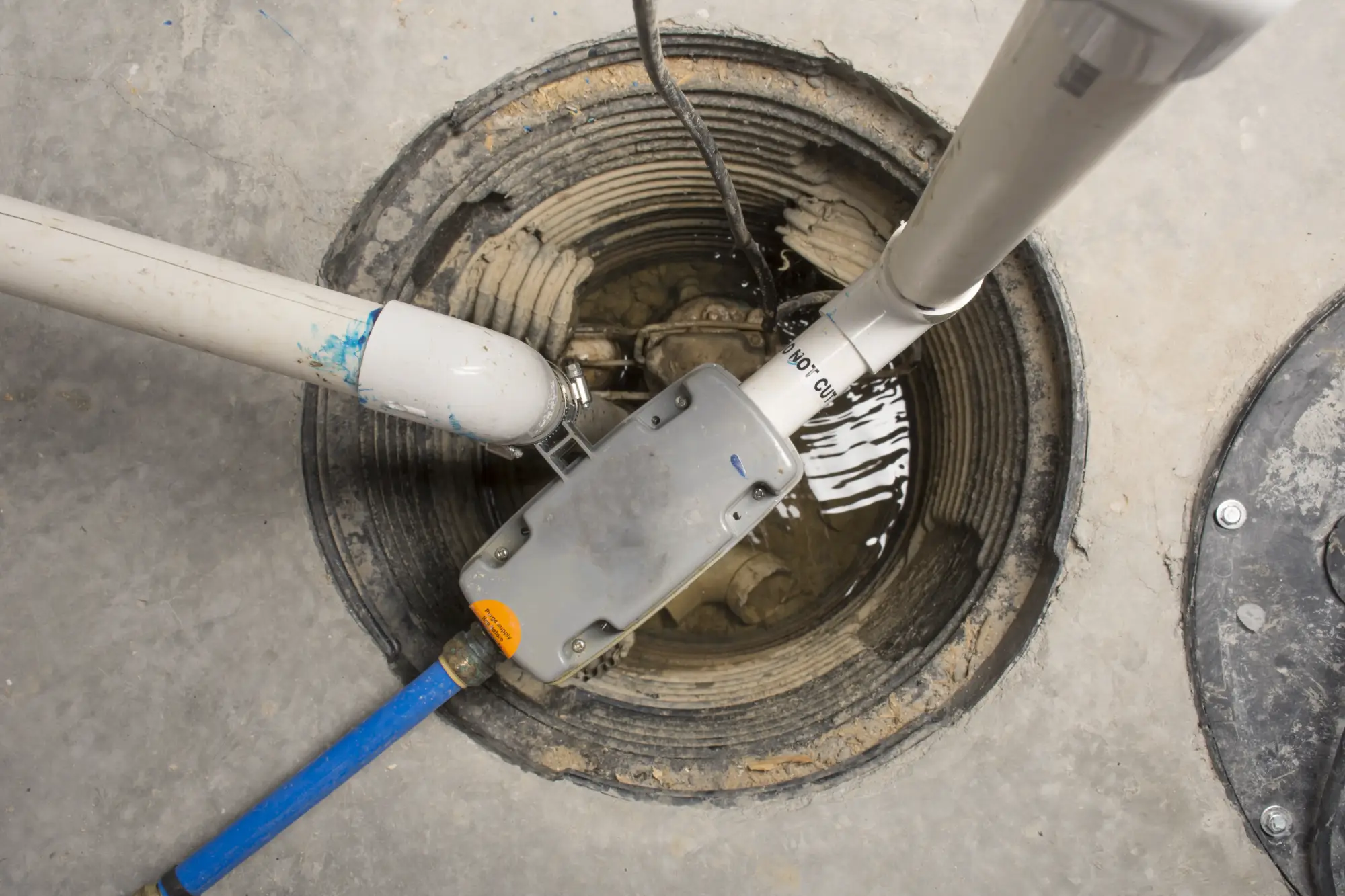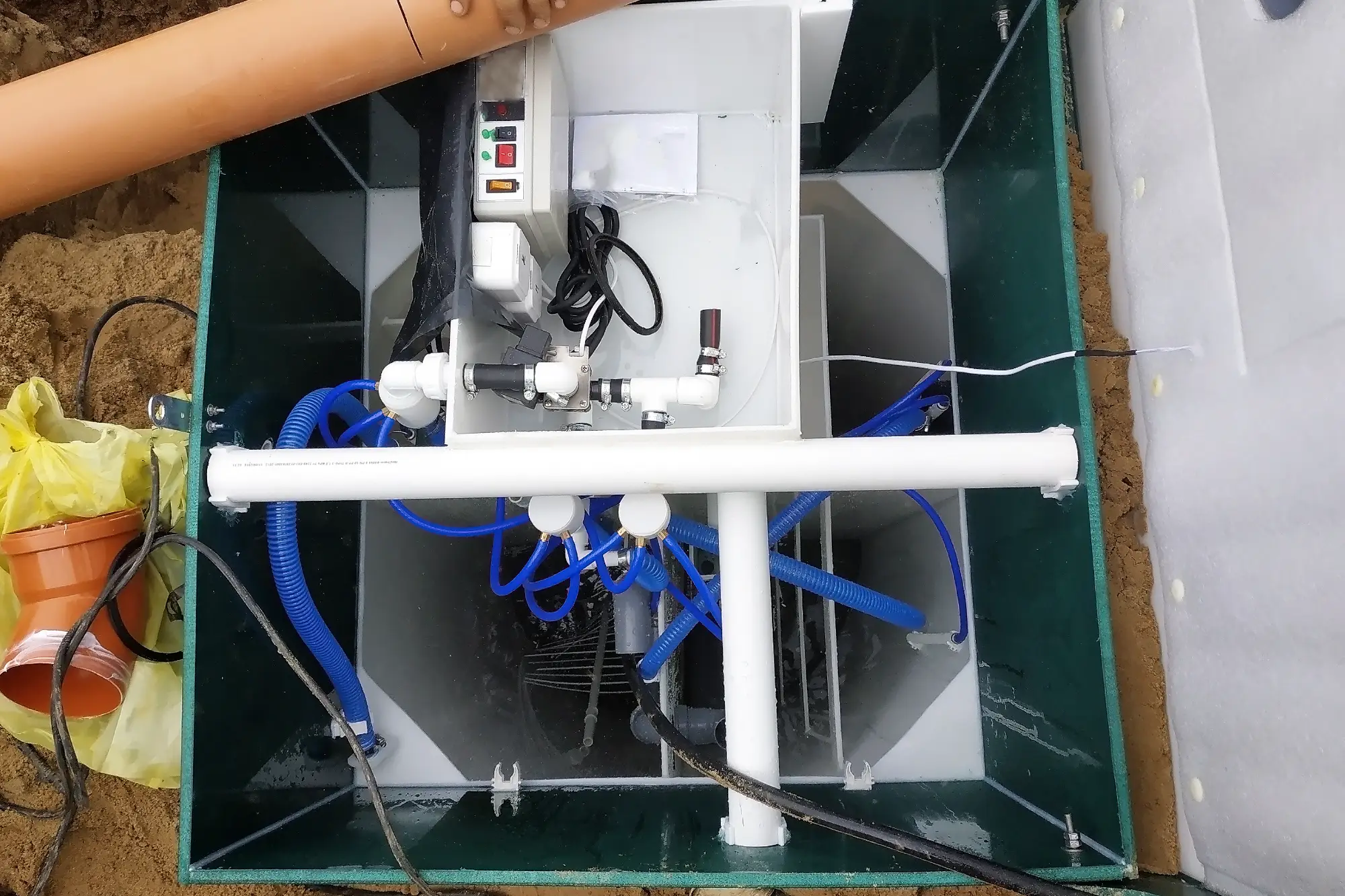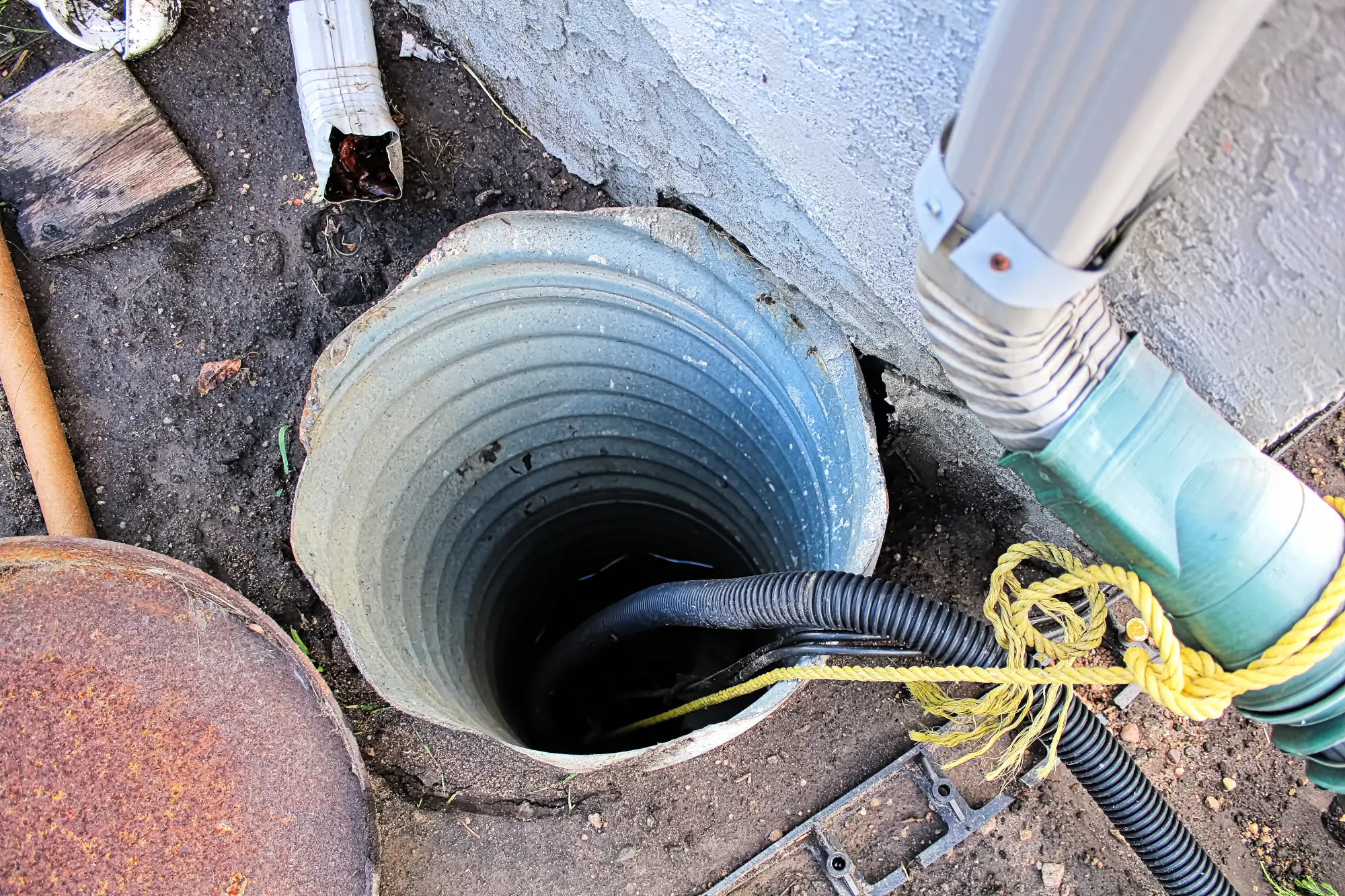Sump Pump Installation Kings Park, NY
Stop Basement Flooding Before It Starts
Professional sump pump installation that actually works when you need it most during Kings Park’s heaviest storms.

Hear About Us

Basement Protection Kings Park, NY
You’ll sleep through storms instead of checking your basement every hour. No more rushing home when the weather turns bad or finding soggy boxes and ruined belongings after heavy rains.
Your basement becomes usable space again. Whether it’s storage, a workshop, or a finished living area, you can actually use it without constantly worrying about the next flood.
The musty smell disappears, and you stop dealing with mold concerns. A properly installed basement sump pump system keeps moisture levels where they should be, protecting both your health and your home’s structure.
Sump Pump Installers Kings Park
We’ve been solving basement water problems across Long Island for years. We understand how Kings Park’s clay soil and seasonal water table changes affect your basement.
Our team combines masonry expertise with waterproofing knowledge. That means we don’t just install pumps—we understand how water moves around your foundation and what it takes to keep it out permanently.
We’re local contractors who’ve seen every type of basement flooding issue Kings Park homeowners face. From older homes with stone foundations to newer construction with different drainage challenges.

Sump Pump Installation Process
First, we assess your basement’s specific water entry points and drainage patterns. Every basement is different, and cookie-cutter solutions don’t work. We determine the right pump size, pit location, and discharge routing for your property.
Next, we excavate the sump pit in the optimal location—usually the lowest point where water naturally collects. We install the pit liner, connect the drainage system, and set up the pump with proper electrical connections that meet local codes.
Finally, we test everything thoroughly and show you how the system works. You’ll know exactly how to maintain it and what to watch for. We also explain your backup options for power outages, because storms and power failures often happen together.

Ready to get started?
Explore More Services
About Diamond Masonry & Waterproofing
Get a Free Consultation
Custom Sump Pump Solutions
You get a complete basement sump pump system designed for your specific situation. This includes the pump, pit liner, check valve, and discharge piping routed away from your foundation. We handle all electrical connections and ensure everything meets Kings Park building codes.
We also address the bigger picture. If your basement has multiple water entry points, we’ll recommend additional waterproofing measures that work with your new sump pump system. Sometimes that means improving exterior drainage or sealing foundation cracks.
Every installation comes with a thorough walkthrough so you understand how to maintain your system. We explain what regular maintenance looks like and when to call us for service. You’re not left guessing whether everything is working properly.

How do I know if I need a sump pump in my Kings Park basement?
What happens if the power goes out during a storm?
How long does sump pump installation take?
Where does the water go when the sump pump runs?
How often do sump pumps need maintenance or replacement?
Can I install a sump pump myself?
Local Resources
- Google Map Link
- Find the Kings Park, NY USPS
- Locate Nearby Kings Park, NY Pharmacies
- View the Current Weather in Kings Park, NY
- Kings Park, NY is located in Suffolk county in New York State